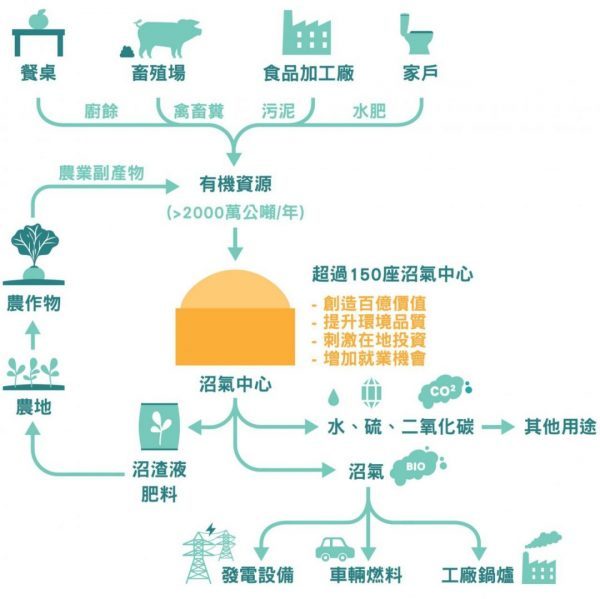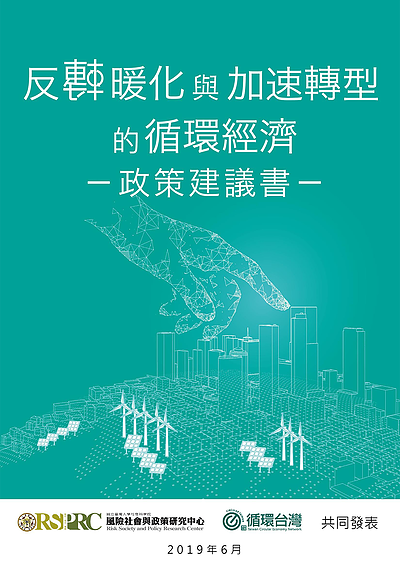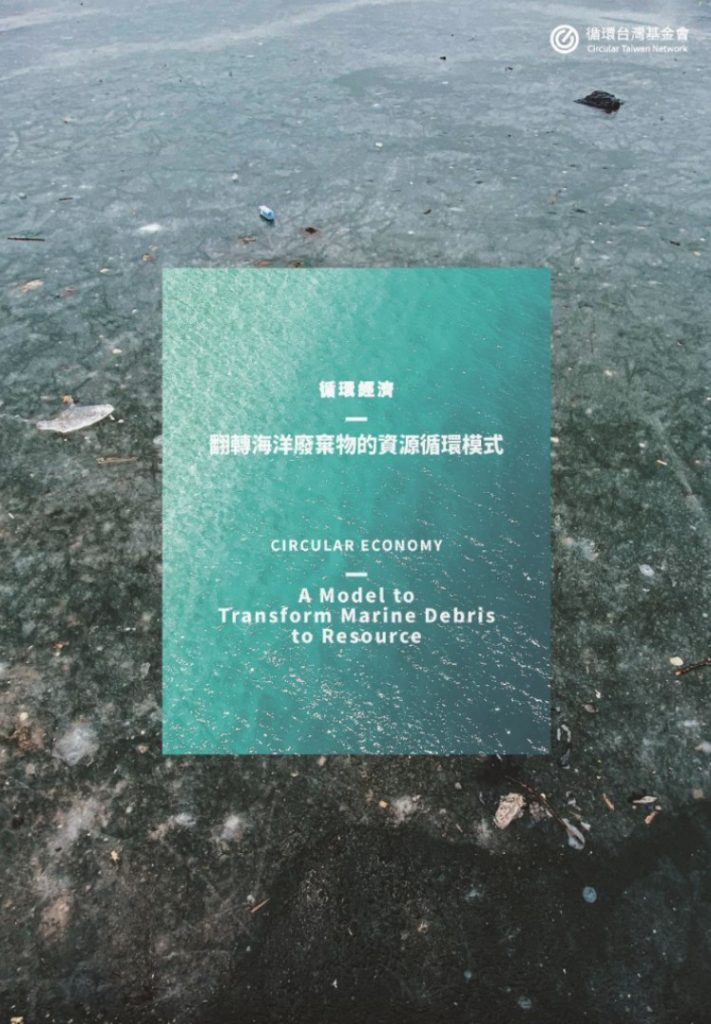Biogas is an important intermediate for the Biorefinery process. The biogas enables the conversion of organic resources that would otherwise be disposed of waste, into energy resources that corporations can use. The development of the biogas industry is a vital step in moving towards the goal of a zero emission and zero waste Taiwan.
With 20 million metric tons of organic resources produced each year, the business opportunity of the biogas industry exceeds 10 billion NTD
With the pressure of organic waste disposal and the growing demand for the use of green energy in reducing the global carbon footprint, the biogas industry is attracting investment from all over the world. This report demonstrates to the readers on why investing in the biogas industry is so important as well as the opportunities that arise from that investment.
This report estimates that if Taiwan properly collects its organic resources and develops its biogas industry to its full potential, the biogas industry will provide more than 10 billion business opportunities and create 4,500 new jobs.

Biogas industry system diagram, 9 key strategies for biogas industrial
In order to gather more stakeholders to promote the biogas industry. Circular Taiwan Network(CTN) along with YFY and the Taisugar Corporation organized the “Circular Cooperation Workshop”. Along with more than 80 industry representatives, researchers, and government officials, the participants collectively compiled a biogas industry systems diagram, creating a more consistent view for future dialogues on the biogas industry.
With the 9 key countermeasures included in the diagram, CTN hopes that corporations with available resources along with interagency organizations can play an important role to lead biogas industry related conversations and accelerate Taiwan’s growth in the biogas industry.
The report is splitted into three sections:
Section 1 - VISION: Circular Taiwan 2040
- The first section of the report discusses the current economic system along with Taiwan’s conditions for development, allowing the readers to understand concepts including a linear economy, circular economy, and the biological cycle. The report then introduces the biogas industry and demonstrates the process in sustainably developing the industry along with the three key strategies: Products as a Service, High-Value Utilization, and Systems Partnership.
- In 20 years, what world do we want to give to our next generation? At the end of the first section of the report, CTN proposed the “Circular Taiwan” vision. A resilient and inclusive circular environment can be created by repositioning Taiwan’s focus and creating an economic model decoupled from resources used and the environment impact. Under this vision, industries can stop relying on resources and be able to recover when encountering unanticipated problems, creating a mutually beneficial development process for both the economy and the environment.
Section 2 - WHY & What: Why do we need to develop the biogas industry and the potential of this industry
- In the beginning of Section 2, the report highlights 4 main aspects describing why Taiwan needs to develop its biogas industry, demonstrating the key roles of the industry.
- Section 2 also estimates the amount of organic resources that Taiwan holds per year. It is also estimated that 150 regional biogas centers could be constructed. The biogas industry can produce over 1.6 billion kWh of green electricity, reduce carbon emissions by 1.1 million tonnes, and create 4,500 jobs.
Section 3 - HOW: Key issues and strategies in the process of industrialization
- The CTN along with over 100 businesses in the biogas industry have created a biogas industry systems diagram showing aspects of the biogas industry including the collection of raw materials, operations in the biogas plants, applications of the biogas, and the challenges as well as strategies. These aspects are grouped into 9 main categories that will hopefully promote the industrialization of the biogas industry and outline the benefits and possible challenges to stakeholders of each one.
- The 3rd section also includes two examples of real-world applications in the promotion of the biogas industry.
1. YFY Xinwu Plant: The biggest biogas plant utilizing advanced bacteria culture technology in Taiwan
2. Taisugar Corporation Dong Hai Feng Plant: Taiwan’s first agricultural circulation park and co-digestion Plant


